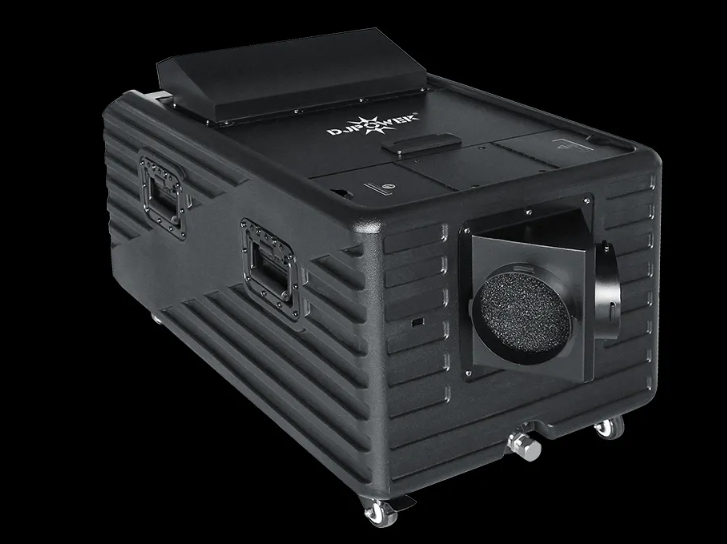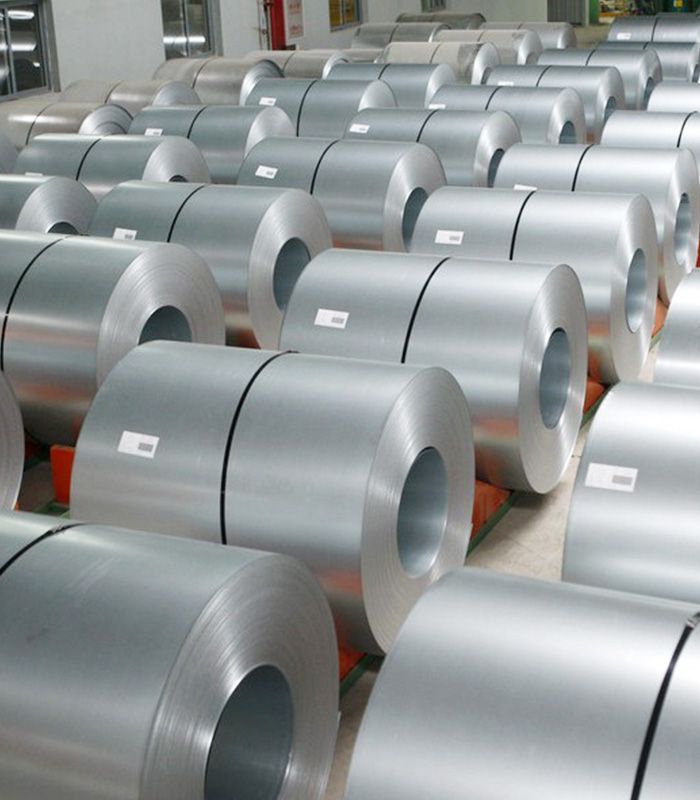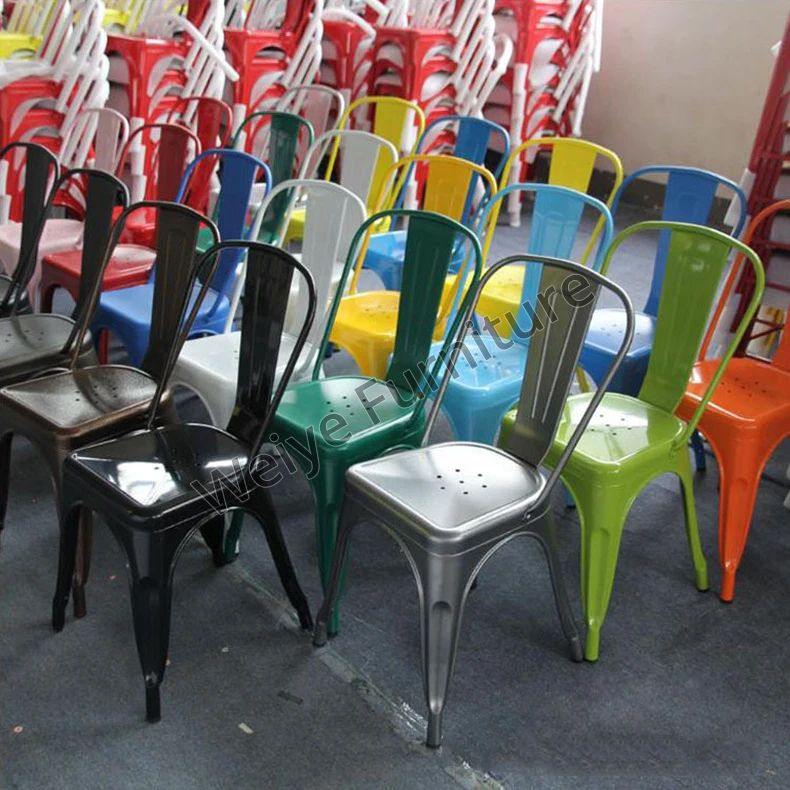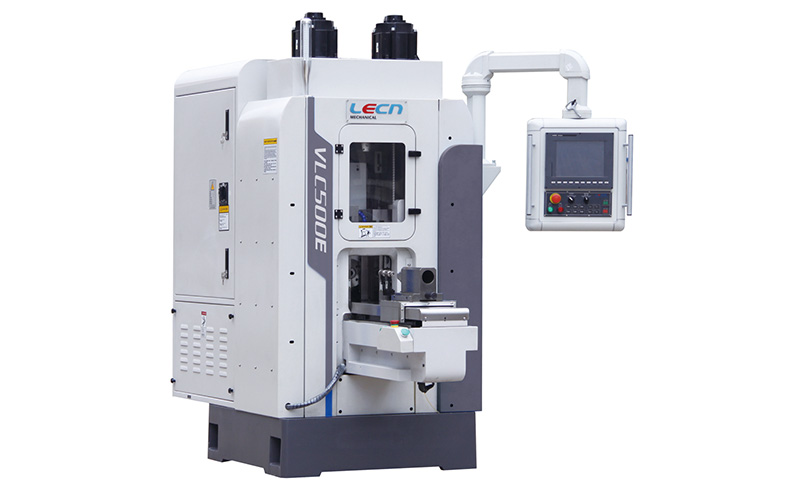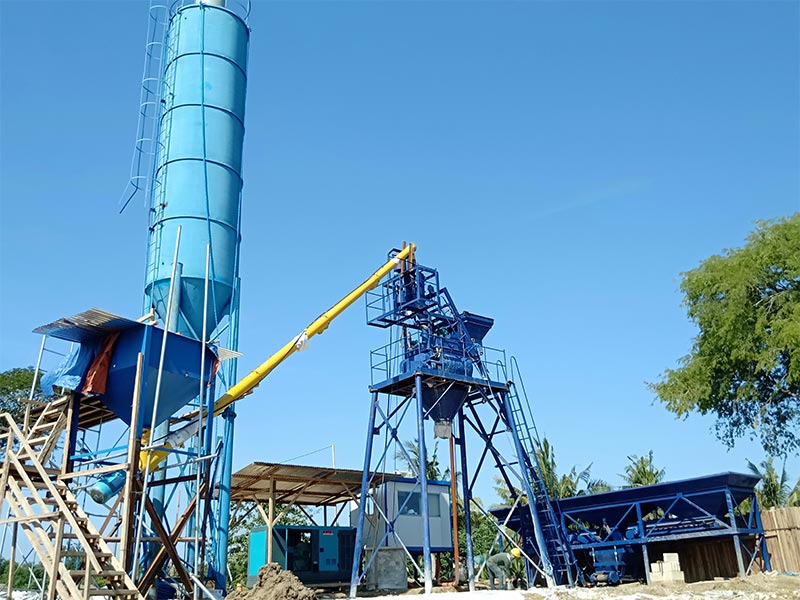1. What Is a Low Fog Machine?
A low fog machine — also known as a fog chiller, ground fog generator, or low fogger — creates clouds of dense fog that "hug" the surface instead of rising into the air. These atmospheric effects are widely used in event production, stage performances, weddings, haunted houses, photography, and more.
2. Why "Low"? The Science Behind It
Standard fog machines heat glycol- or glycerin-based fluids to vapor, producing fog that naturally rises. In contrast, low fog machines cool the vapor before or as it exits, making it heavier than the surrounding air so it flows along the ground.
Three main cooling techniques:
Dry Ice: Sublimates at −78 °C, producing very cold fog when mixed with warm vapor.
Regular Ice or Fog Chillers: Uses crushed ice in a cooling chamber to chill the fog, then pushes it out over a stage with fans.
Ultrasonic Atomization: Uses high-frequency vibrations to create fog that is already cool and fine, eliminating the need for ice.
3. Choosing the Right Technology
| Method | Pros | Cons |
|---|---|---|
| Dry Ice | Very dense, long-lasting, dramatic effect | Requires handling dry ice, ongoing CO₂ costs |
| Ice Chiller | Inexpensive, easy consumables | Fog warms faster, may dissipate sooner |
| Ultrasonic | Clean, continuous fog, no ice needed | Higher upfront cost; adhesion may be lighter |
4. Critical Factors to Consider
Portability & Setup: Dry ice setups need insulated tanks and CO₂, ice chillers require ice supply, ultrasonic machines are more plug-and-play.
Operation Time: Ultrasonic and ice chillers can run continuously; dry ice setups may require reheating pauses.
Environmental Conditions: Heat and wind can lift fog or reduce its density — best used in sheltered, warm areas.
Safety: Avoid triggering smoke detectors by using proper quick-dissipating fluids and follow venue regulations.
5. Real‑World Applications
Weddings & Special Events: Iconic “first dance on clouds” moment, creating romantic ambiance.
Stage & Film: Enhances lighting and mood — think moody concert stages or eerie drama scenes.
Haunts & Halloween: Ground-level fog thickens the spooky factor — perfect for graveyard setups and immersive attractions.
6. Pro Tips for Perfect Low Fog
Test in venue conditions: Temperature differences during live shows can alter fog performance.
Windproof your setup: Even a light breeze can scatter low fog — use barriers or multiple units for outdoor use.
Use proper fluids: Quick-dissipating fog fluids prevent lingering haze and reduce alarm triggers.
Why Choose DJPowerFX’s Low‑Lying Fog Machines?
When you’re ready to bring awe-inspiring fog effects to your next event, product reliability, ease-of-use, and performance matter — and that’s exactly what DJPowerFX delivers with our Low‑Lying Fog Machines:
Multiple technologies (dry-ice, ultrasonic, ice-chiller) to fit your needs.
Event-ready designs with user-friendly controls and safety features.
Consumables are easy to source, and our machines are built for continuous use.
Engineered for scale — perfect for weddings, stages, concerts, film sets, and more.
Your Next Step
Elevate your production quality with fog effects that don't just fill the room — they steal the show. Want help choosing the best model for your venue or event? Send us the details — we’re happy to recommend the perfect setup!
